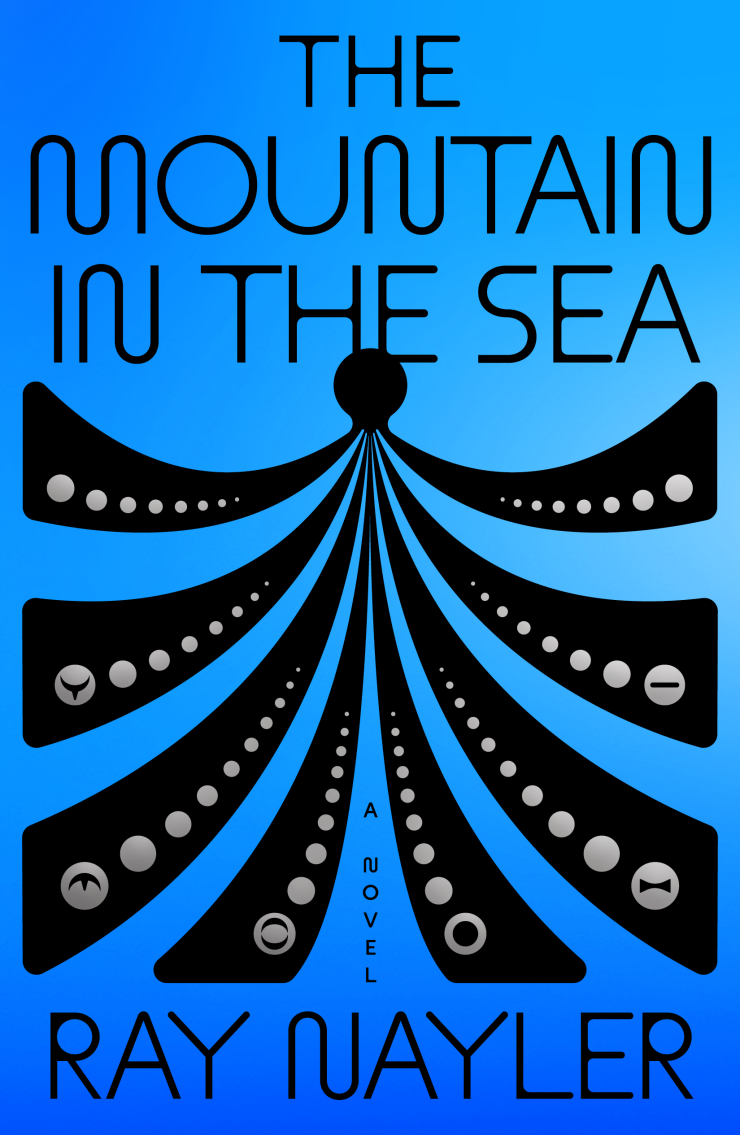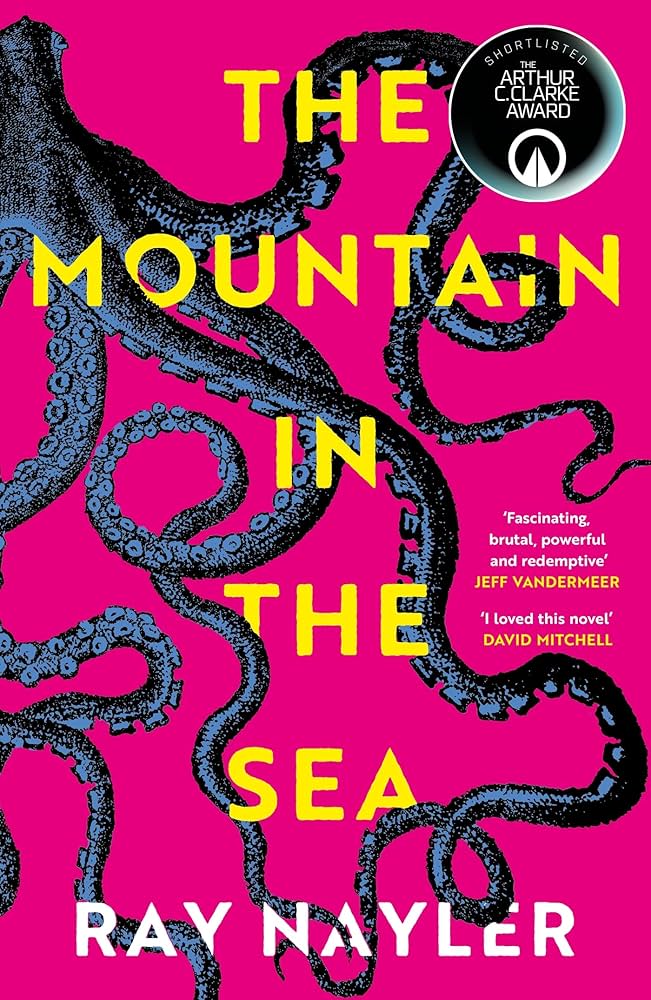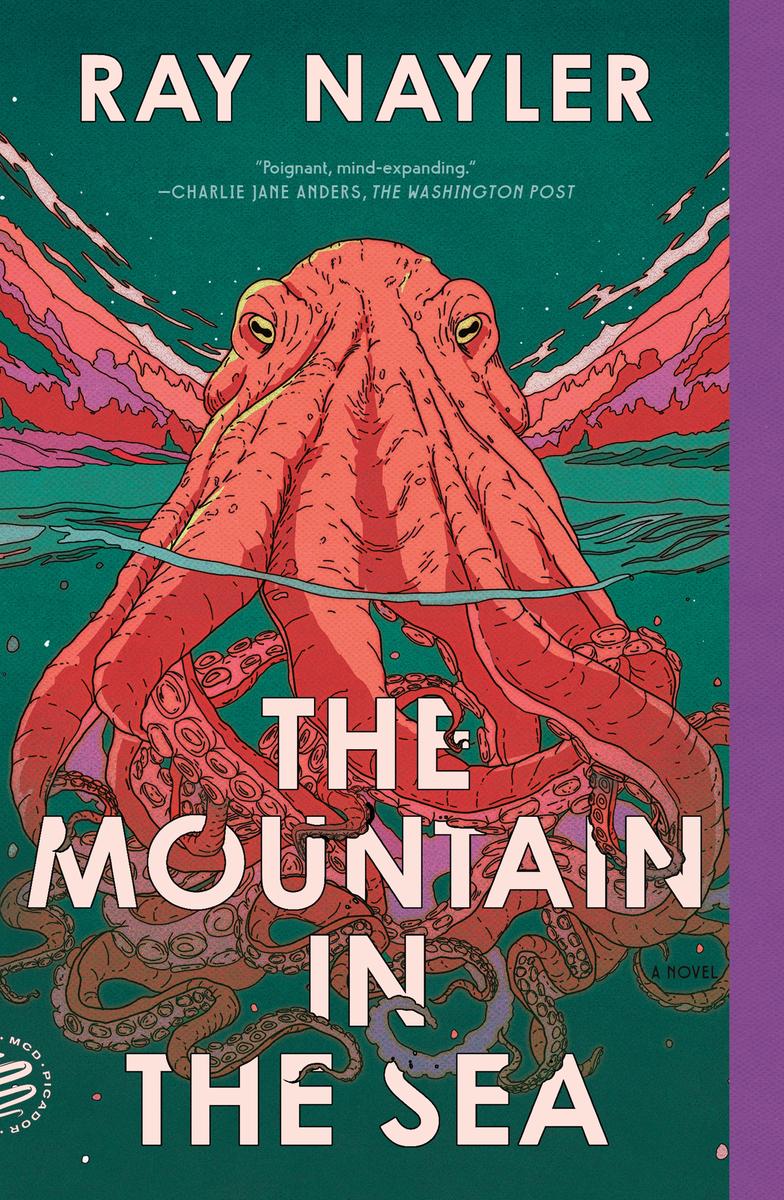SEMIOPUNK (38)
By:
October 7, 2025
An irregular, ongoing series of posts dedicated to surfacing examples (and predecessors) of the sf subgenre that HILOBROW was the first to name “semiopunk.”
BABEL (2022) | BABEL-17 (1966) | CAMP CONCENTRATION (1968) | A CANTICLE FOR LEIBOWITZ (1959) | CAT’S CRADLE (1963) | COSMONAUT KEEP (2000) | THE DIFFERENT GIRL (2013) | DOOM PATROL (1987–91) | THE EINSTEIN INTERSECTION (1967) | EMBASSYTOWN (2011) | ENGINE SUMMER (1979) | EXPLOITS AND OPINIONS OF DR. FAUSTROLL, PATAPHYSICIAN (1911) | FEERSUM ENDJINN (1994) | FLATLAND (1884) | FRIDAY (1982) | LE GARAGE HERMÉTIQUE (1976–79) | THE GLASS BEAD GAME (1943) | GLASSHOUSE (2006) | GRAVITY’S RAINBOW (1973) | THE HAMPDENSHIRE WONDER (1911) | LORD OF LIGHT (1967) | THE MAN WITH SIX SENSES (1927) | THE MOUNTAIN IN THE SEA (2022) | NINEFOX GAMBIT (2016) | ODD JOHN (1935) | PATTERN RECOGNITION (2003) | THE PLAYER OF GAMES (1988) | RIDDLEY WALKER (1980) | RODERICK (1980–83) | SNOW CRASH (1992) | THE SOFT MACHINE (1961) | SOLARIS (1961) | THE SPACE MERCHANTS (1953) | THE THREE STIGMATA OF PALMER ELDRITCH (1964) | TIME OUT OF JOINT (1959) | UBIK (1969) | VALIS (1981) | A VOYAGE TO ARCTURUS (1920) | VURT (1993) | WHITE NOISE (1985).
THE MOUNTAIN IN THE SEA
Summoned to an island off the coast of Vietnam, Dr. Ha Nguyen, a marine biologist and cephalopod intelligence expert, soon realizes that the first alien intelligences we’ll encounter… are already here on Earth!
This near-future cyberpunk thriller — which includes eerie undersea encounters with lethal, spectacularly talented creatures; humans taken prisoner by an automated fishing boat; and killer drones under the control of a bad-ass Mongolian warrior named Altantsetseg — is also a philosophical and semiotic novel, one that requires us to consider what we may learn about our own worldview through translation.
We’ll also meet Evrim, the world’s only artificially intelligent android, who reminds this reader of David Bowie’s Newton, in The Man Who Fell to Earth; Rustem, a hacker paid to access the android’s brain; and one of the fishing boat’s prisoners. Their discoveries and tribulations are contextualized by a world dramatically altered by climate change and over-fishing… which makes us all the more concerned for the alien-ish octopi.
The island, part of an archipelago purchased by the DIANIMA corporation and sealed off from the outside world via the heavy weaponry used to defend its perimeters, is very atmospheric. As the plot progresses, we perceive it as both a fortress and a prison.
Is there too much going on here? Sometimes it feels that way, yes — which is why it took me much longer than usual to finish reading. But in addition to the knotty conundrums and wicked problems already mentioned here, there are so many cool sf ideas: hatchling sea turtles guarded by robotic Automonks from Tibet; AI romantic partners that are all too good at giving you what you think you want, rather than what you actually need (which is precisely the problem with AI); and the scenes where Altantsetseg deploys her drones are very satisfying.
In the end, though, it’s the decoding — Dr. Nguyen’s race to understand how and what the octopi are communicating, and to speak with then, that I’ll remember.
Dr. Ha Nguyen’s focus is on communication across species — and whether such a thing is truly possible. She arrives on Con Dao, where rumors among the native population (now relocated) told of a scary, possibly supernatural Sea monster that stalks the shores. In fact, as Ha discovers, this is a species of octopus that has developed symbolic communication, enabling the sharing of knowledge across octopi generations.
The octopus community that Ha and the other characters discover does not welcome intrusion, and issues clear warning that the humans should stay away… or else.
This is a code-cracking adventure. Ha races to translate the octopi language — to build trust and relational communication with a profoundly different life-form — before all hell breaks loose. But it’s complex stuff: Octopi, after all, communicate through a complex, symbolic language displayed on their skin, using changes in their skin patterns and textures to convey meaning.
In a 2019 interview, Nayler explained the genesis of this story: “I read a good deal of science writing, especially in the fields of semiotics, neuroscience and the study of consciousness. My undergraduate work was largely centered on semiotics. Specifically, recently, biosemiotics has been of huge interest to me.”
In a 2022 interview when asked about the octopi language, Nayler was more specific:
I presented myself with a problem: I wanted to write a book that was about believable interspecies communication because I felt that I had not seen first encounter stories that fully explained the linguistic mechanism of the other being. I thought very, very hard about the scientific concept of exaptation, which is how we take one structure in the body and use it for something it wasn’t intended for at first. (A very simple example is how human beings use their breathing and eating apparatus to speak. It wasn’t designed initially for speech, but we’ve come to use it that way.) So I thought about what an octopus would use to communicate. They can do a lot with their form that we can’t; they can do a lot with their skin and the passing cloud, a hunting mechanism that octopuses use where they imitate a shadow crossing their skin to startle prey. So I came up with this idea that the octopus, if it evolved symbolic communication, would use the passing cloud as the tool to base its communication on, and it would display its language on its skin. From there I thought about what would the base symbols be that it might pull from its environment, and I started to construct the language.
This form of symbolic language is not a human one, forcing Nayler’s human characters to fundamentally rethink their understanding of how intelligence and meaning can manifest. The octopuses are presented as a collective, embodied intelligence that communicates through a biologically integrated, non-human symbolic system. Their form of meaning-making is rooted in physical being rather than abstract thought, challenging our human-centric assumptions about what constitutes a “mind”. (Also see: Adrian Tchaikovsky’s Hugo-winning 2015 sf novel Children of Time, in which genetically engineered octopui evolve into a collective, intelligent civilization and develop a form of communication based on controlling their bodies and manipulating their environment.)
The human characters must overcome their ingrained assumptions about language and communication to understand the octopuses, highlighting the barriers that exist in true interspecies communication.
The android character, meanwhile, embodies a non-biological, non-human intelligence. Nayler explores whether the AI’s data-driven, transactional understanding of language is truly different from the embodied meaning-making of the octopuses.
Though Nayler, a globe-trotting civil servant who has worked in international educational development, as well as serving in the Peace Corps, and who recently served as the international advisor to the Office of National Marine Sanctuaries at the National Oceanic and Atmospheric Administration, has written many sf stories before, this is his first novel. It won the Locus Award for Debut Novel, and it was also a finalist for the Nebula and the Arthur C. Clarke,
JOSH GLENN’S *BEST ADVENTURES* LISTS: BEST 250 ADVENTURES OF THE 20TH CENTURY | 100 BEST OUGHTS ADVENTURES | 100 BEST RADIUM AGE (PROTO-)SCI-FI ADVENTURES | 100 BEST TEENS ADVENTURES | 100 BEST TWENTIES ADVENTURES | 100 BEST THIRTIES ADVENTURES | 75 BEST GOLDEN AGE SCI-FI ADVENTURES | 100 BEST FORTIES ADVENTURES | 100 BEST FIFTIES ADVENTURES | 100 BEST SIXTIES ADVENTURES | 75 BEST NEW WAVE SCI FI ADVENTURES | 100 BEST SEVENTIES ADVENTURES | 100 BEST EIGHTIES ADVENTURES | 75 BEST DIAMOND AGE SCI-FI ADVENTURES | 100 BEST NINETIES ADVENTURES | 75 BEST HADRON AGE SCI-FI ADVENTURES.



